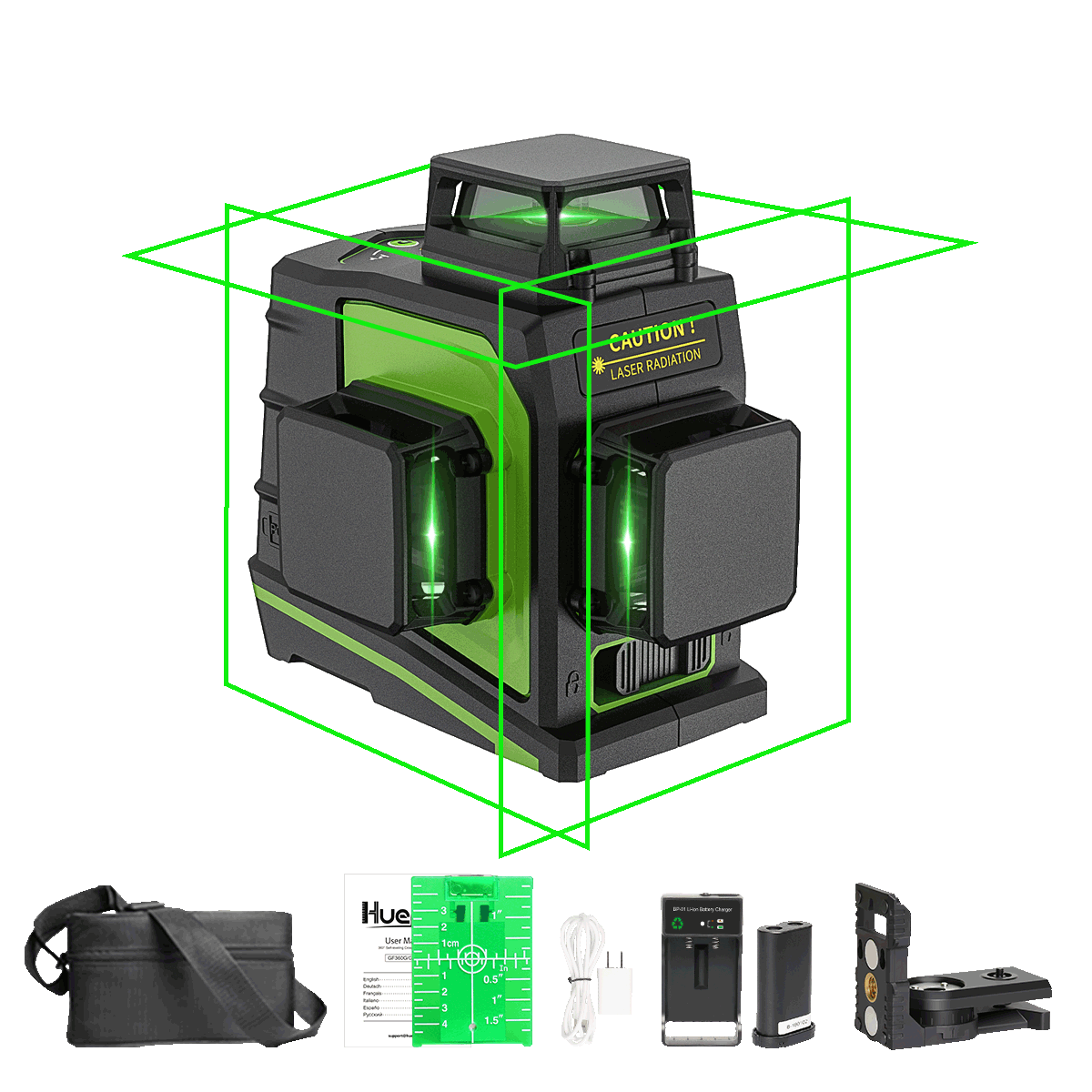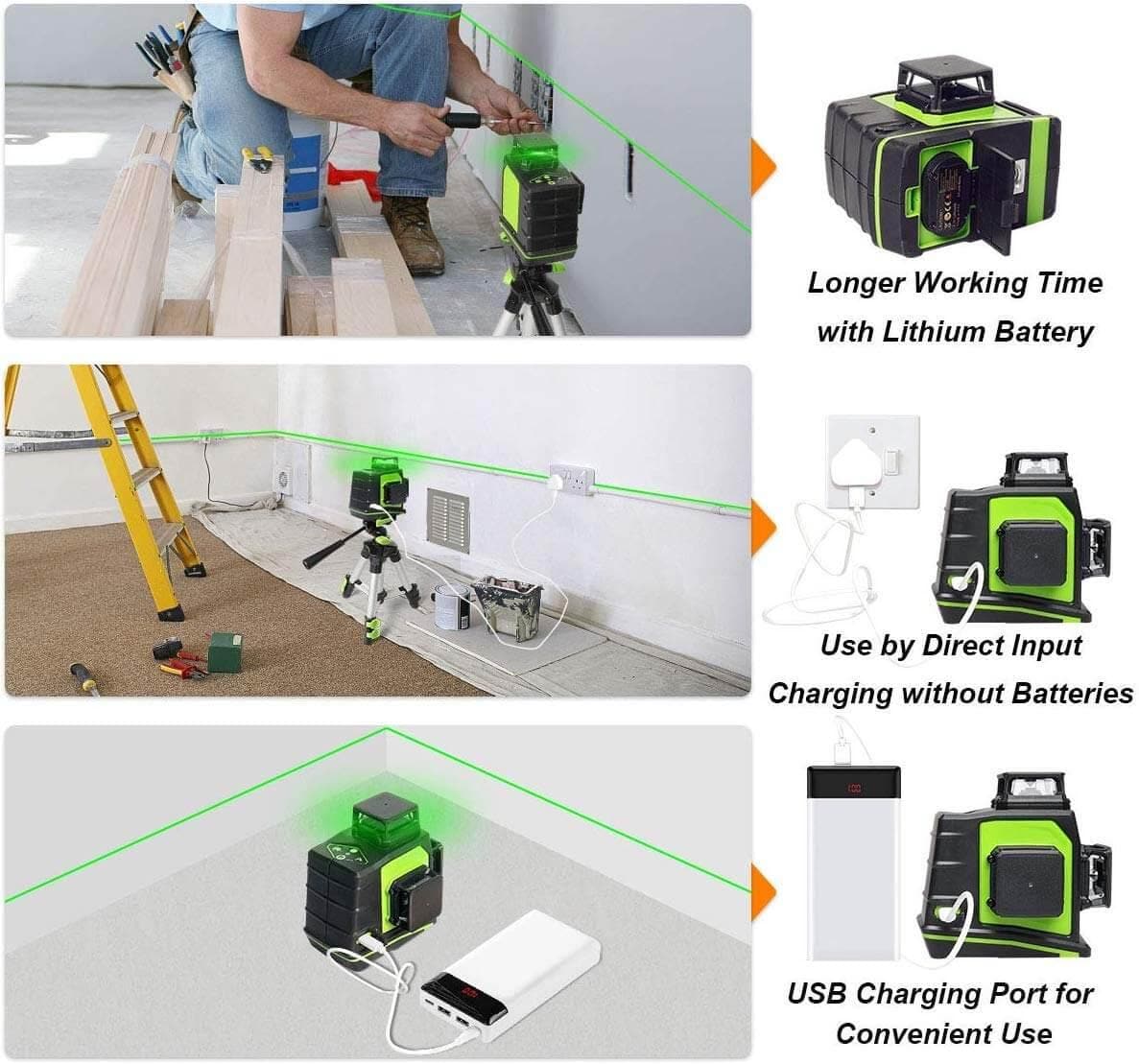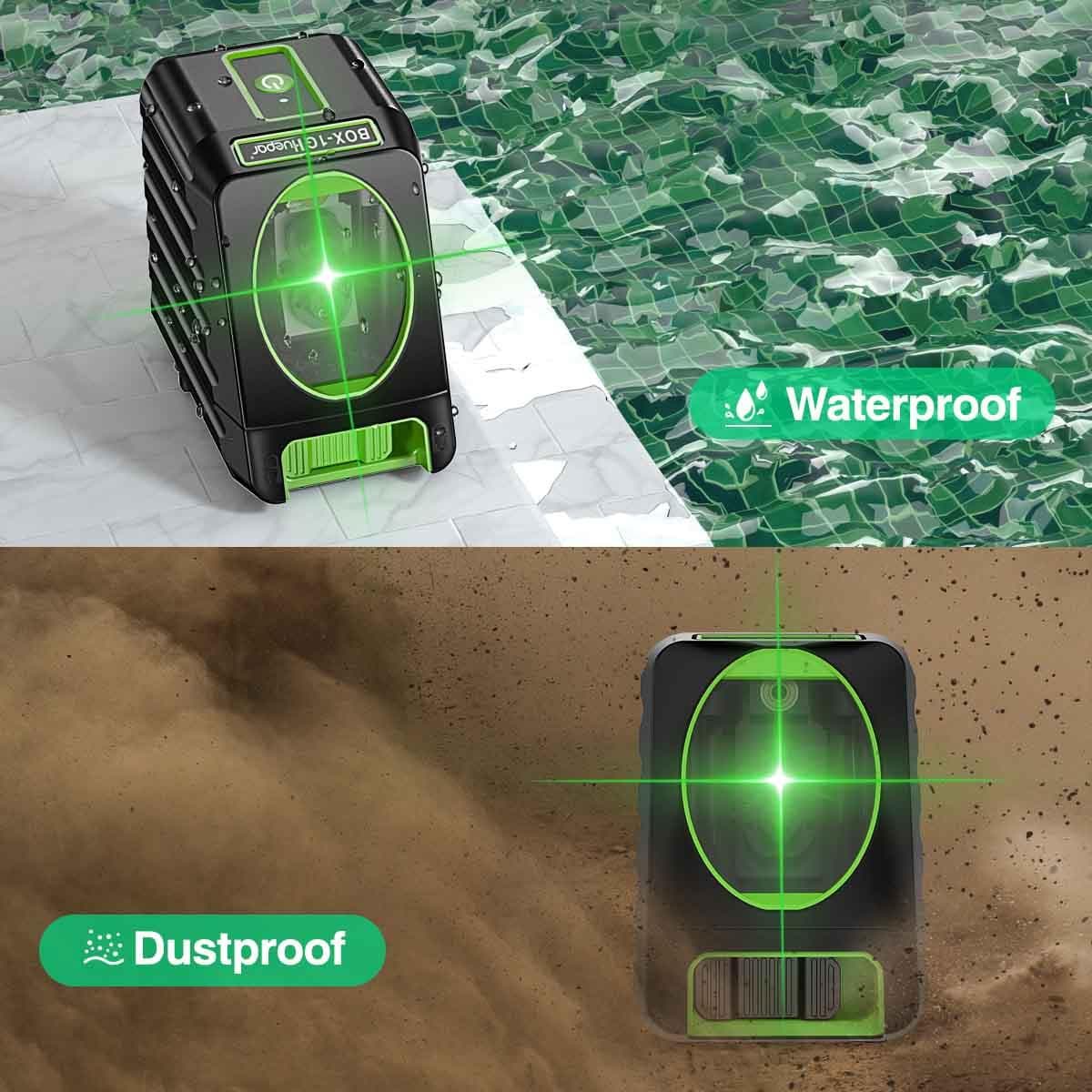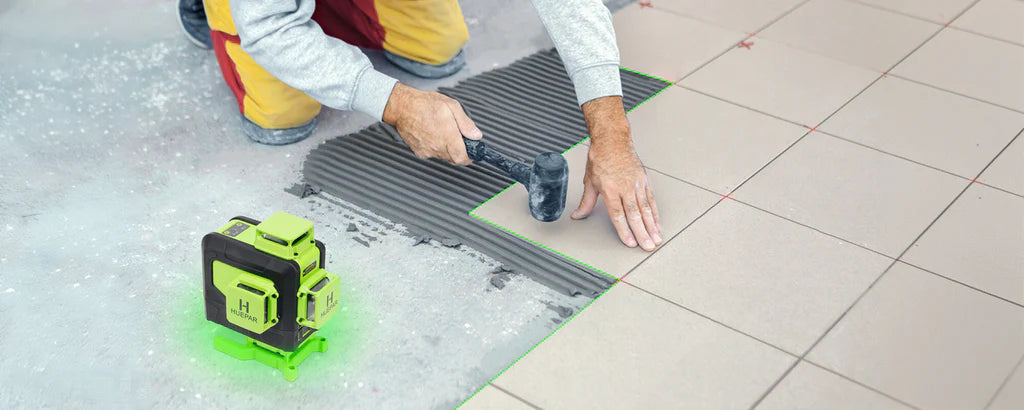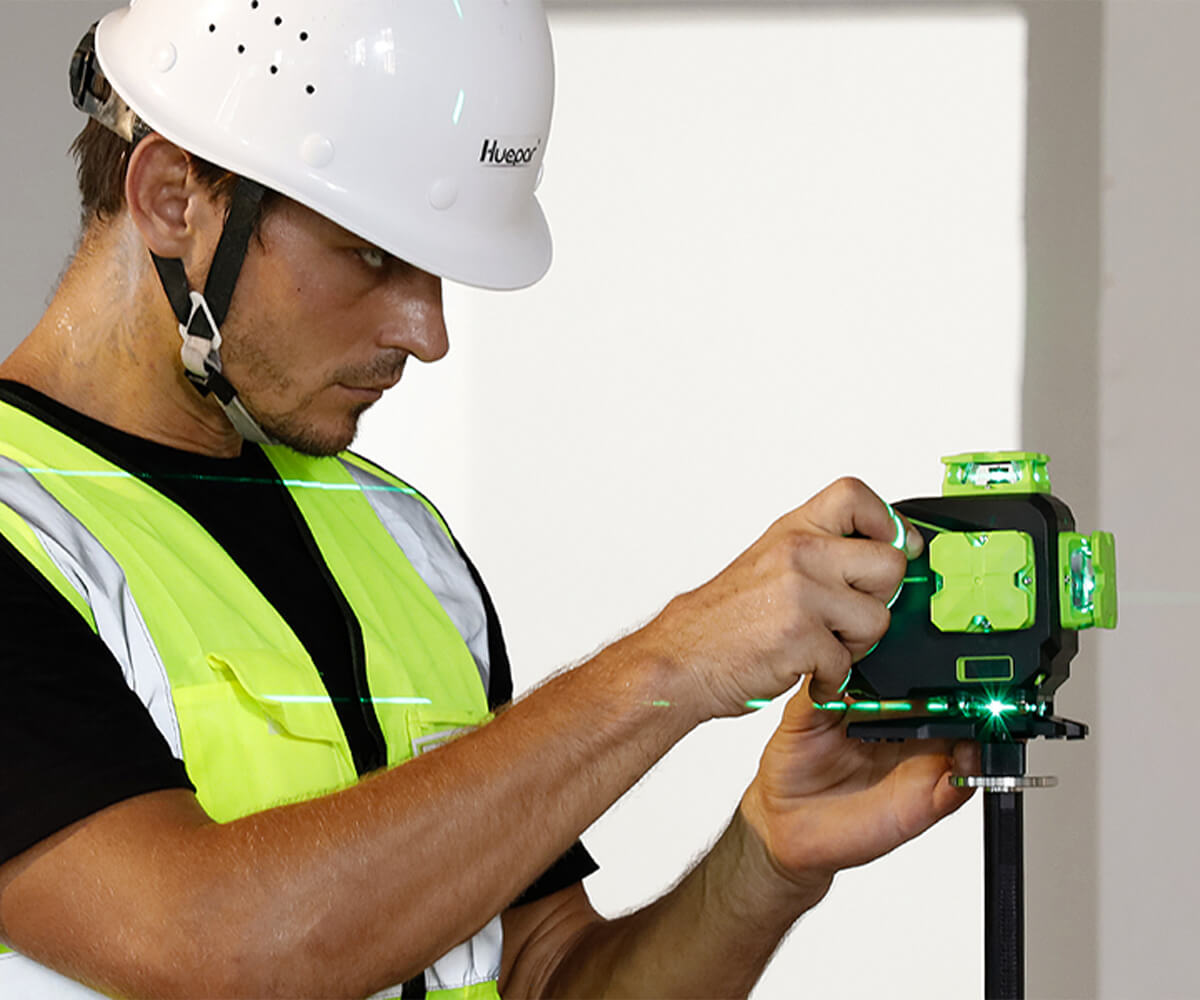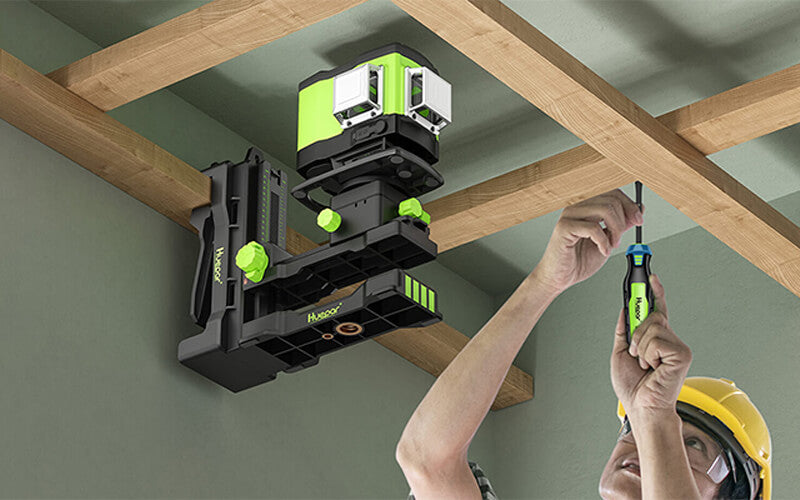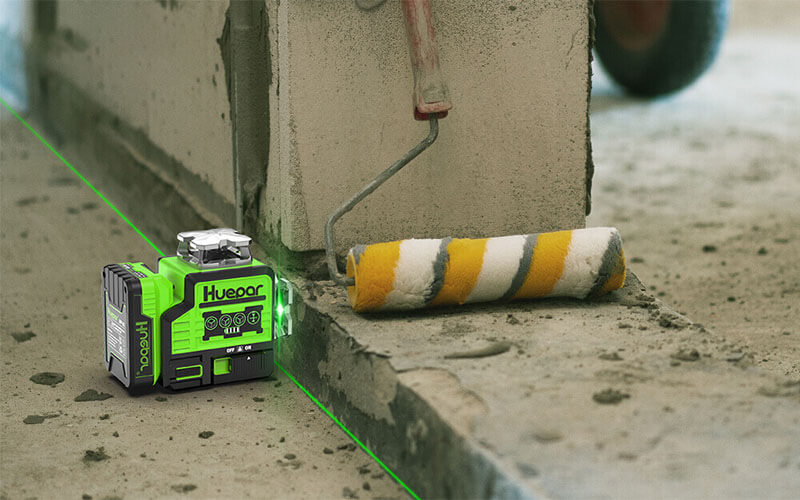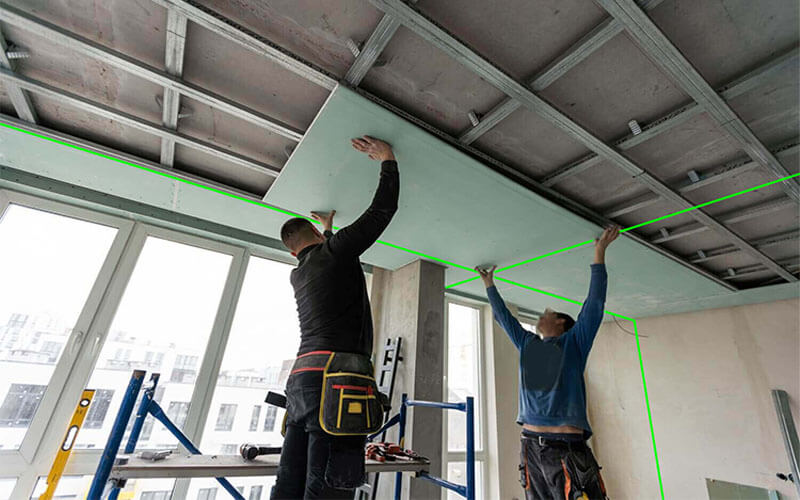
How Do I Choose the Right Laser?
Laser levels are useful not only for indoor work, but also for large construction projects. Depending on your needs, the different features and specifications you need from your laser level may vary. Take the time to compare similar models to find the best tool for your needs and one that fits your budget.
Therefore, when purchasing a laser level gauge, you must pay attention to the following factors so that you can choose the most suitable and cost-effective product.
Area
Depending on the task at hand, the range of the laser may or may not be your first priority. Expect an effective range of around 30 feet for most of the smaller instrument cluster laser levels. Rotary laser levels, on the other hand, can send precise beams over incredibly long distances – effective ranges of 2,500 feet or more are fairly common for the larger models.
As always, it's up to you to decide whether you need the incredible range that the larger laser levels give you, or whether you're better served by the portability of smaller indoor laser levels.
Accyracy
Although all laser levels use a laser, accuracy can vary depending on the components of the tool. It is not uncommon for indoor lasers to be less accurate than larger lasers. For example, a typical small indoor laser may be accurate to plus or minus 1/8 inch over 30 feet, while a rotary laser may be more precise (within 1/16 inch) over 100 feet or more.
Rotation speed
Of course, the rotation speed mainly applies to rotating lasers. The faster the speed, the less flicker a line has to the eye, although overall it doesn't have much of an impact on the accuracy of the laser level.
Typical rotary lasers rotate at a hefty pace compared to most power tools - for a construction-grade rotary laser, expect a speed of around 600 revolutions per minute and not much beyond that.
Leveling functions
The more leveling features you have, the better - but in most cases, an accurate self-leveling feature will cover the majority of your needs. Unlike manual leveling lasers, where the beam must be adjusted by hand using built-in spirit levels and screws, a self-leveling laser level allows you to get close to the listed device accuracy. Manual leveling systems can be useless or incredibly convenient depending on the job you need done, but having it on your device is beneficial either way. Manual leveling is crucial for rotating lasers for creating slopes. When it comes to indoor laser levels, manual leveling allows you to follow grades and slopes commonly found on stairs or ramps.
Laser light colors
Most indoor and outdoor laser levels emit a red laser light that is difficult to see outdoors or in brightly lit construction site conditions. To combat this, laser level manufacturers have turned to brighter green lasers that are easy to see even under the sun.
Some models also come with glasses to make viewing the laser easier, and if they are not included, you can purchase them separately. For example: Huepar 603 LP.
This blog is over here. I hope it can effectively help you choose the right laser level. After all, product assembly is the most important link in determining product quality. When you compare products, you need to compare products as well as brands. Consider the overall value for money. If you have any questions, you can contact us on Facebook.



